Among the massive range of CBD products now on the shelves, customers have noticed an influx of products labeled ‘CBDa.’ Often, CBDa and CBD seem to go hand in hand, with numerous tinctures claiming to contain both compounds. However, many people have become confused about what CBDa is, and how it differs from CBD. This article investigates the CBDa cannabinoid, which some companies claim has extra health benefits compared to CBD alone. Read on for an in-depth insight into this acidic cannabinoid and whether or not it’s something worth buying.
What Is CBDa?
CBDa, or cannabidiolic acid, is one of hundreds of hemp phytocannabinoids. Alongside other acidic cannabinoids like THCa and CBGa, it is one of the essential cannabinoids created by hemp. Most CBD users, however, remain unaware that CBD starts out in this acidic form. In fact, all cannabinoids begin life as acids. The process begins with cannabigerolic acid (CBGa), which is sometimes called the “mother of all cannabinoids.” During the plant’s lifespan, CBGa converts into other cannabinoid acids through subtle molecular changes. It transforms into different compounds, including CBDa. Some believe that CBDa is healthy and has benefits that differ slightly from CBD. Research is still in its infancy, but the belief probably comes, in part, from the fact that people can eat raw cannabis. It has become a health trend to juice raw cannabis leaves in order to reap the benefits of compounds like CBDa and THCa. So, what is it that CBDa could do?
CBDa Benefits: Can It Compare to CBD?
Like many other cannabinoids, CBDa interacts with the endocannabinoid system. Many of those familiar with CBD probably know that this cannabinoid is unique, working to inhibit the reuptake of other endocannabinoids. This is in contrast to molecules like THC, which bind directly with cannabinoid receptors. CBDa is, perhaps unsurprisingly, similar to CBD. Rather than binding to receptors, it inhibits the cyclooxygenase-2 (COX-2) enzyme, associated with pain and inflammation. Research into CBDa is just beginning, with the majority of studies focusing on rodent models. So far, the results are promising, but more research is definitely needed to understand this compound and its benefits fully. A 2020 review investigated the limited information on CBD up to now. The researchers stated that CBDa’s “potential health-related capabilities have been masked for years by a greater scientific interest towards its neutral derivative cannabidiol (CBD).” In other words, more research is warranted. Some of the studies cited in the review found that, in rodent models, CBDa could manage inflammation and joint pain. This is likely due to its interaction with COX-2. One 2008 study revealed that it has a similar molecular structure to the non-steroidal anti-inflammatory drugs (NSAIDs) commonly used for pain. Other research has focused on using CBDa as an anti-emetic, meaning that it could combat nausea alongside acting as an anticonvulsant. A study in the journal Frontiers in Integrative Neuroscience found that CBDa has a powerful affinity for the 5-HT receptors. These studies are fairly similar to the emerging research on CBD, which is to be expected given the vital link between these two compounds.
CBDa Turns into CBD During Decarboxylation
Decarboxylation is a fancy word for heating. When heat is applied to acidic cannabinoids, they convert into their more standard counterparts. THCa becomes THC, CBDa becomes CBD, and so on. CBDa is thus the compound that is found in the raw hemp plant. In order to transform it into CBD, the manufacturer must apply heat. In CBD joints, this happens naturally during the combustion process, but for other products, the plant needs to be decarboxylated. The name refers specifically to the conversion process. The main difference between CBDa and CBD is an extra chemical chain called a carboxyl. CBDa possesses this chain, which is what makes it acidic. During the processing phase, the carboxyl breaks down, and so the compound loses acidity and becomes more active. The question is whether this process is worth it. CBDa could have some potential health benefits, so it’s possible that we could be using it instead of CBD. However, the two compounds do have their differences, and generally, CBD wins out in the popularity contest. It could partially be because CBD is better studied, but it could also be related to the activation of the cannabinoid during the decarboxylation process.
Which Is Better for You?
There is no right answer to this question. According to some of the studies regarding serotonin receptors, CBDa is up to 1000x more effective than CBD at reducing nausea. In this field, CBDa is the clear winner. However, a lot remains to be seen. Since research on CBDa is so sparse, it’s impossible to select an overall best out of the two. It could be the case that CBD is better for certain things, while CBDa is better for others. For now, it is a matter of experimentation. Some users might get more out of CBDa, while others like to use a combination product. Luckily, there are plenty of brands now providing the opportunity to give CBDa a try.
Buying CBDa Products Online: Is It Worth It?
The rules and regulations of CBD are complicated enough without adding CBDa to the mix. Since the compound is non-intoxicating, it is likely permitted in all fifty states, though no outright regulations exist to date. Plenty of CBDa products are sold online, so users have a chance to try this compound and see if it differs from CBD alone. However, tinctures are not the only way to give CBDa a try. For those in adult-use states, juicing raw cannabis plants is always a possibility. That said, the taste is apparently less than pleasant. CBD + CBDa capsules, tinctures, and more are growing in popularity. When purchasing them online, make sure to do the proper research and find a reputable brand that offers lab reports.
Summary on CBDa
Cannabidiolic acid, CBDa, is an acidic compound from hemp. It is the precursor to CBD, and just like its daughter, it could have some benefits for one’s health. Research is still underway and is currently in its infancy, but the cannabinoid’s potential lies in the arena of inflammation and nausea. Unfortunately, almost no research exists on CBDa in humans. CBD users may wish to try CBDa to see how it affects them, although no benefits have been firmly established. It’s possible that a combination of CBD and CBDa could create a power-house product, with many users already finding success. Hopefully, as the popularity of these products grows, more scientists will be eager to research this compound and its potential uses.

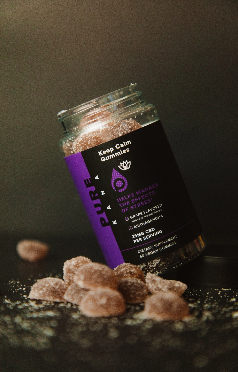
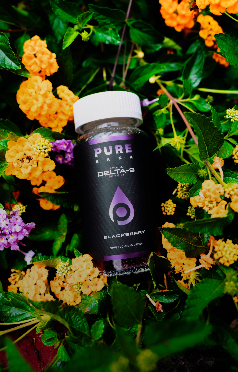
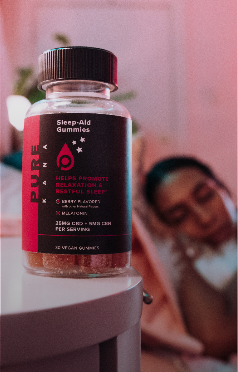


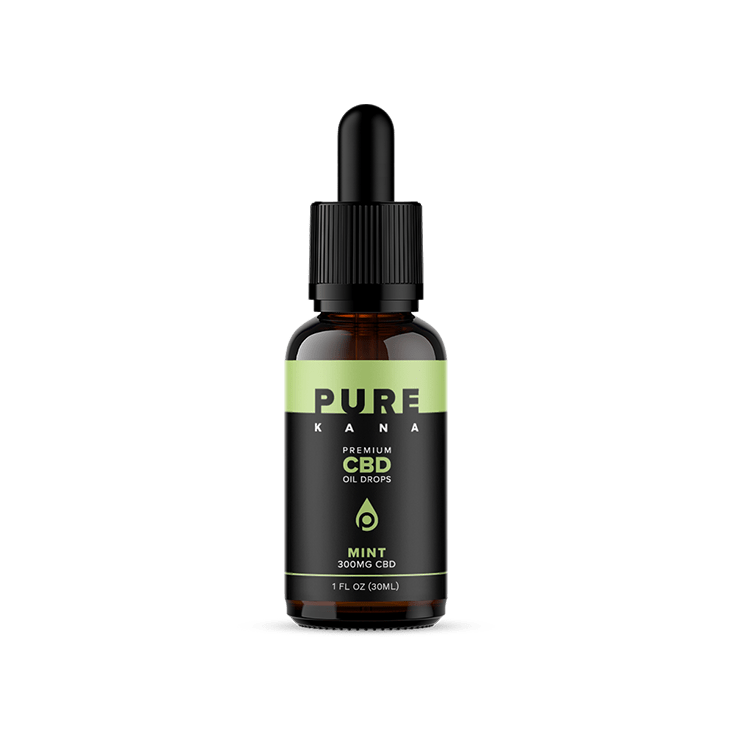
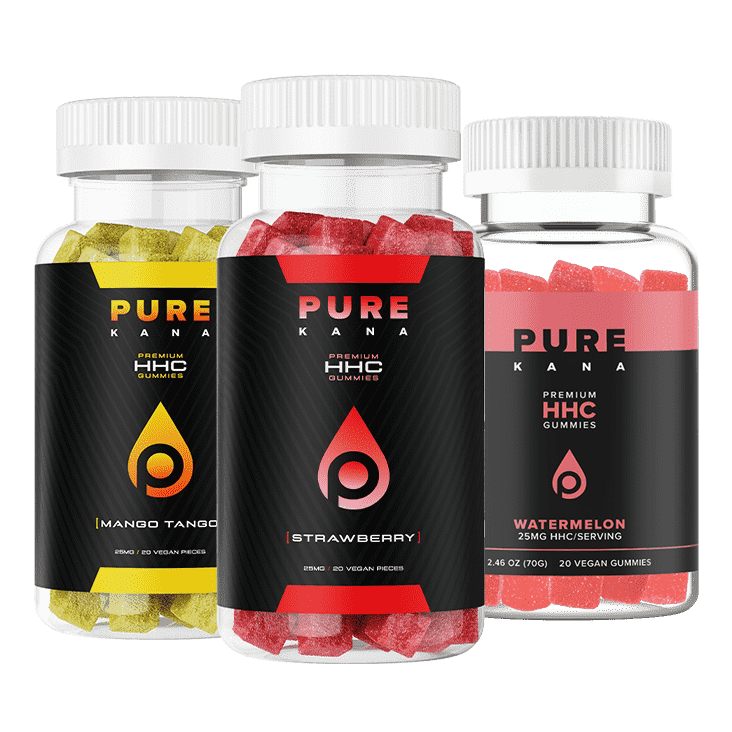
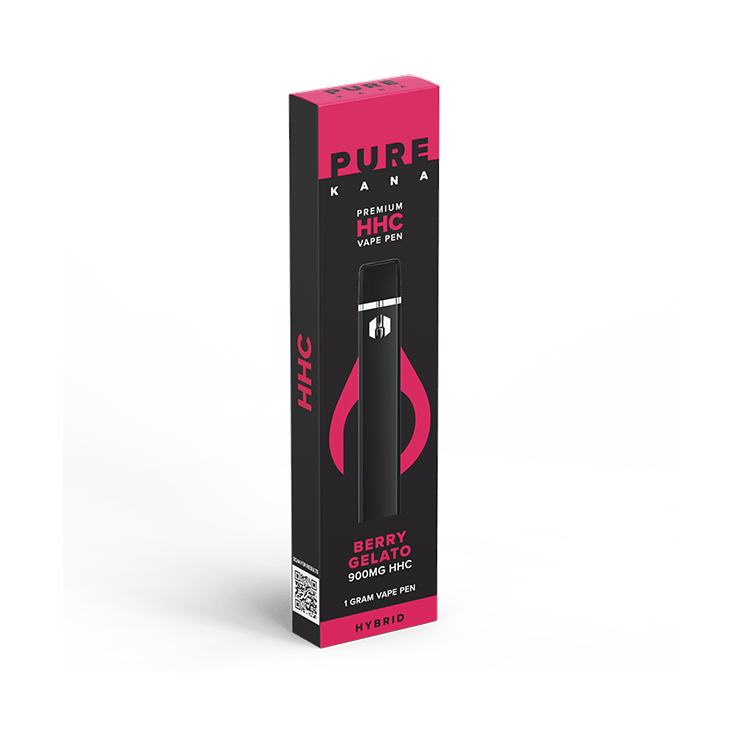






 https://premiumjane.com/
https://premiumjane.com/
Great information on CBDa. There isn’t a lot of good resources for learning about the other cannabinoids like CBDa and CBG. A really good read!